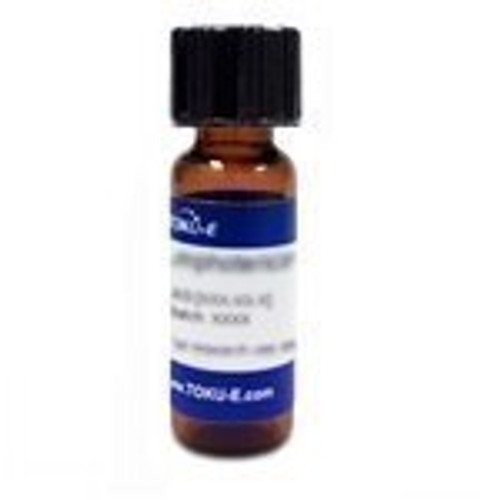6-Aminopenicillanic Acid (syn: (+)-6-Aminopenicillanic Acid; 6-APA) is an organic dipeptide and the chemical core or "nucleus" of penicillin antibiotics. It was discovered in 1958 (Beecham Group, UK). It is produced from Penicillin by Penicillin amidase. 6-Aminopenicillanic Acid, a β-lactam, is used as a starting compound for synthesis of semisynthetic Penicillins and may be substituted at the 6-amino position, resulting in a variety of antibacterial properties. It is a precursor to Ampicillin and Amoxicillin.
| Application | 6-Aminopenicillanic Acid can be used as a a starting material to synthesize penicillin antibiotics. The compound reacts with higher amino acid Schiff bases to form the corresponding β-lactam derivatives. |
| Mechanism of Action | 6-Aminopenicillanic Acid interferes with the synthesis of bacterial cell walls of Gram-positive bacteria. |
| Eukaryotic Cell Culture Applications | The coating of (+)-6-Aminopenicillanic Acid on silver nanoparticles (6APA-AgNPs), can impart an ability to detect chromium (IV) in human erythrocytes. |
| Spectrum | Gram-positive bacteria. |
| Impurity Profile | Penicillin G K: ≤ 0.1% Phenylacetic Acid: ≤ 0.1% |
| Molecular Formula |
C8H12N2O3S |
| Absorbance | 425nm - <0.025; 500nm - ≥ 90.0% |
| References |
Batchelor FR, Doyle FP, Nayler JH and Rolinson GN (1959) Synthesis of penicillin: 6-Amnopenicillanic Acid in penicillin fermentations. Nature 183(4656):257-258 |








